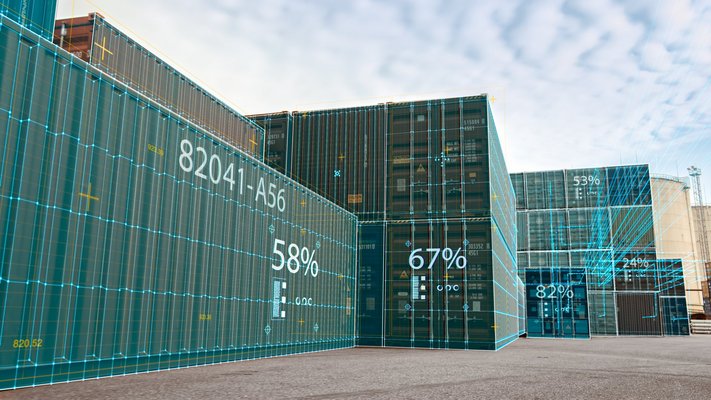The article On the Way to Control Technology 5.0 described how industrial controllers are becoming increasingly abstracted through the use of modern technologies, making them more compact, flexible, and easier to maintain. This development ultimately leads to "Control 5.0," the virtual PLC. What do such virtual controllers look like in practice and how can they be used? The following article explains on the basis of the market-leading IEC 61131-3 platform CODESYS.
What is needed for abstraction from the physical device
Everyone knows about virtual drives and even virtualized computers. These images of physical devices, in this case hard disks or Windows PCs, help us to use their function. And they do so without the devices actually being there. The images are created by software on computer architectures that are powerful enough. In IT, such virtualizations are useful for increasing the data security of systems through sensible limits on access, as well as for making mutually independent configurations possible for different users and applications.
The same applies to virtual controllers: First of all, powerful hardware is required as a substructure. Even if the PLC is abstracted, it must of course be hosted and executed somewhere. In this respect, the virtual PLC is initially no different from an industrial computer with an operating system and a SoftPLC installed on it. However, in order to be able to operate such virtual controllers on any number of hardware devices and independently of each other, a further abstraction must be made. Software containers or hypervisors are suitable for this purpose.
They separate the hardware and the operating system running on it. To do this, the user defines the functionality and performance of a container or virtual machine in container descriptions or configuration files - including the corresponding configuration for the SoftPLC, such as CODESYS Virtual Control SL. In addition, the access to hardware resources for the container are specified. This is mandatory in order to be able to implement I/O accesses from the controller. Ethernet-based communication protocols and fieldbus systems are particularly well suited. In this way, virtual LAN ports can be defined in the container, which are linked to physical ports in the container description.
Thanks to hardware-supported virtualization, this is possible with high performance on modern systems. This means: Due to a better differentiation of processes and hardware support, even better real-time values can be achieved than with SoftPLCs running natively on the host system.
Read the full article on www.autlook.at »
This article is only available in German language.
Author: Roland Wagner, Head of Product Marketing, CODESYS GmbH









